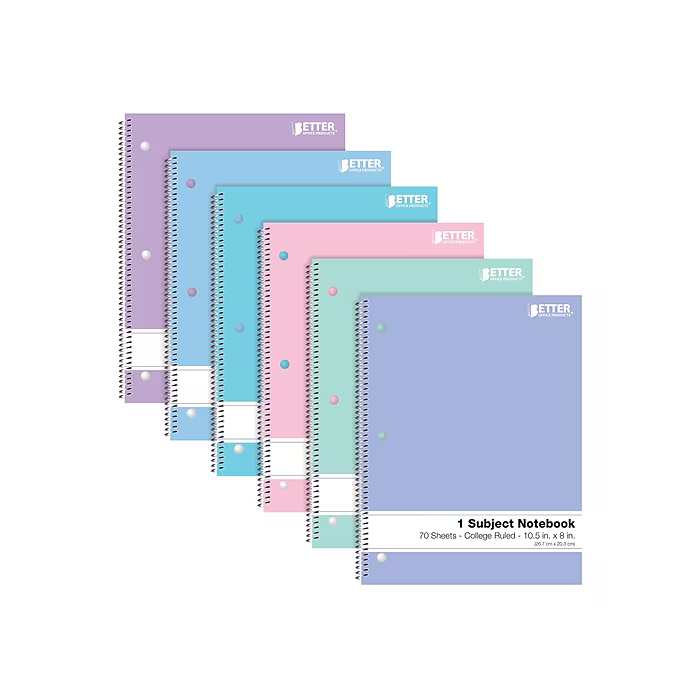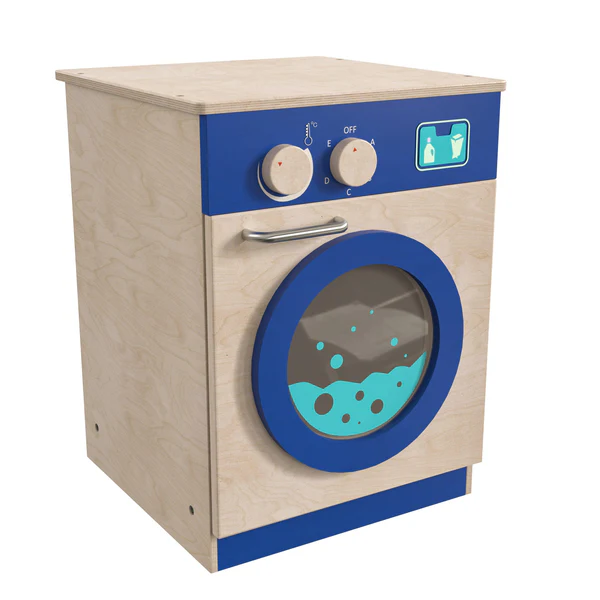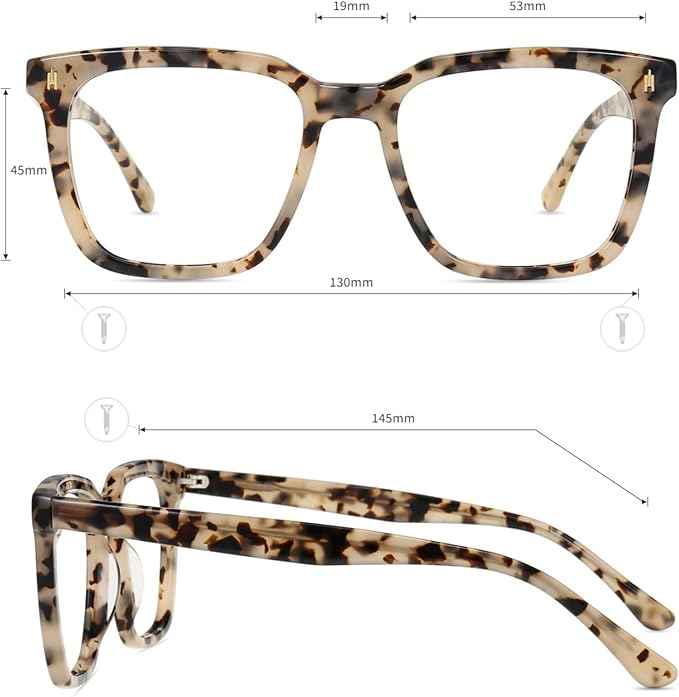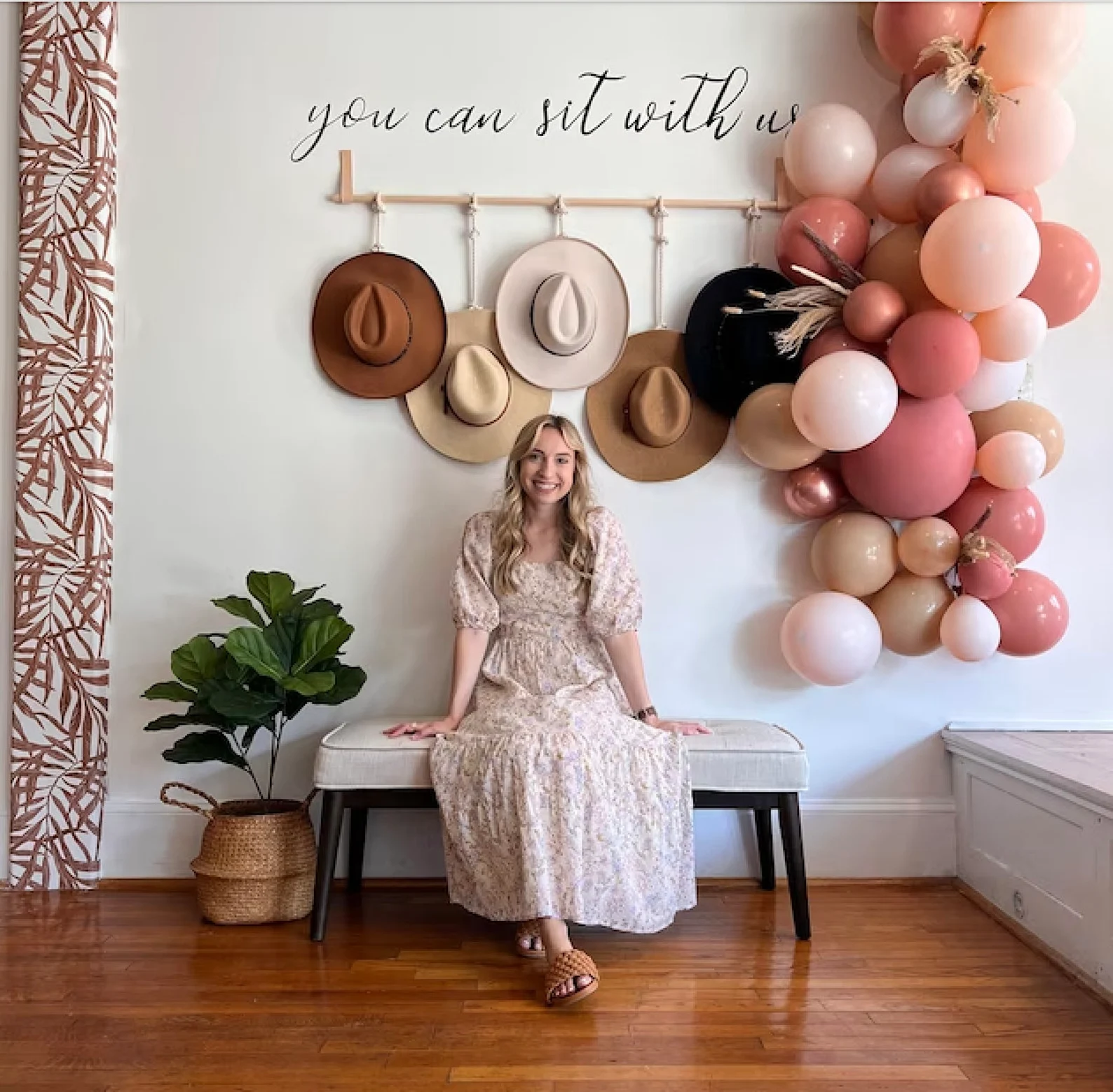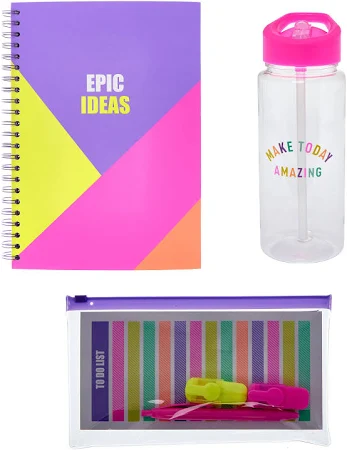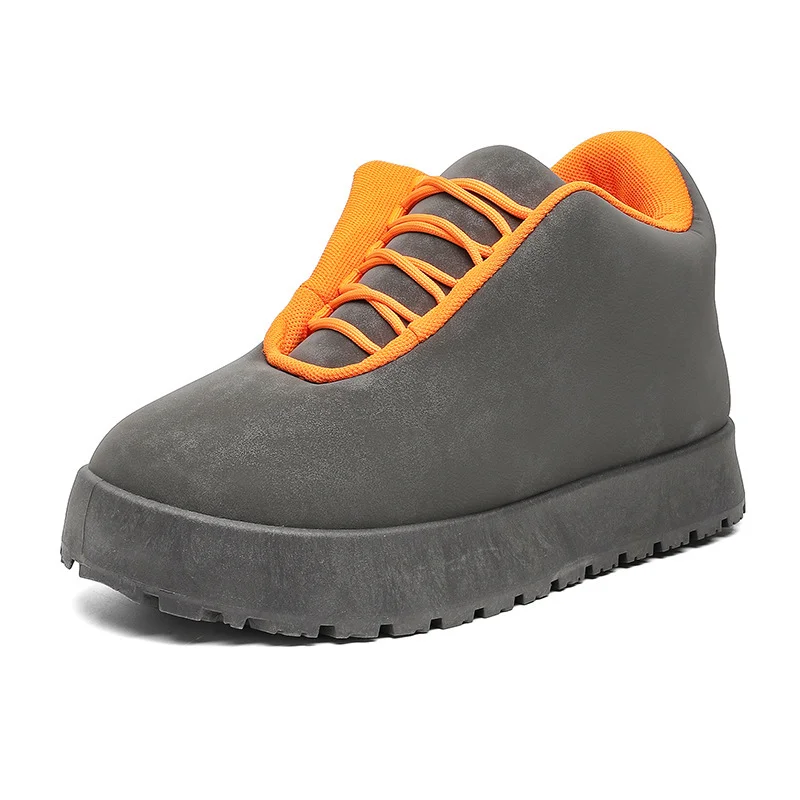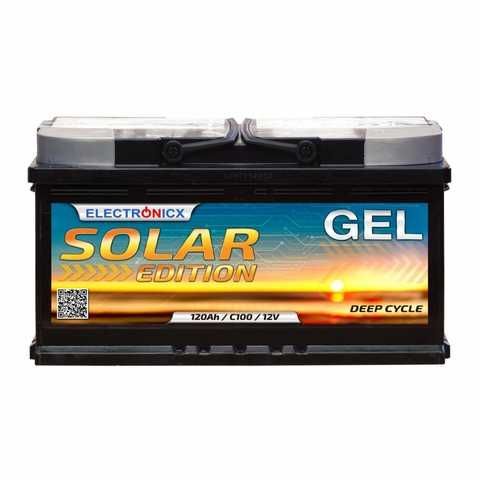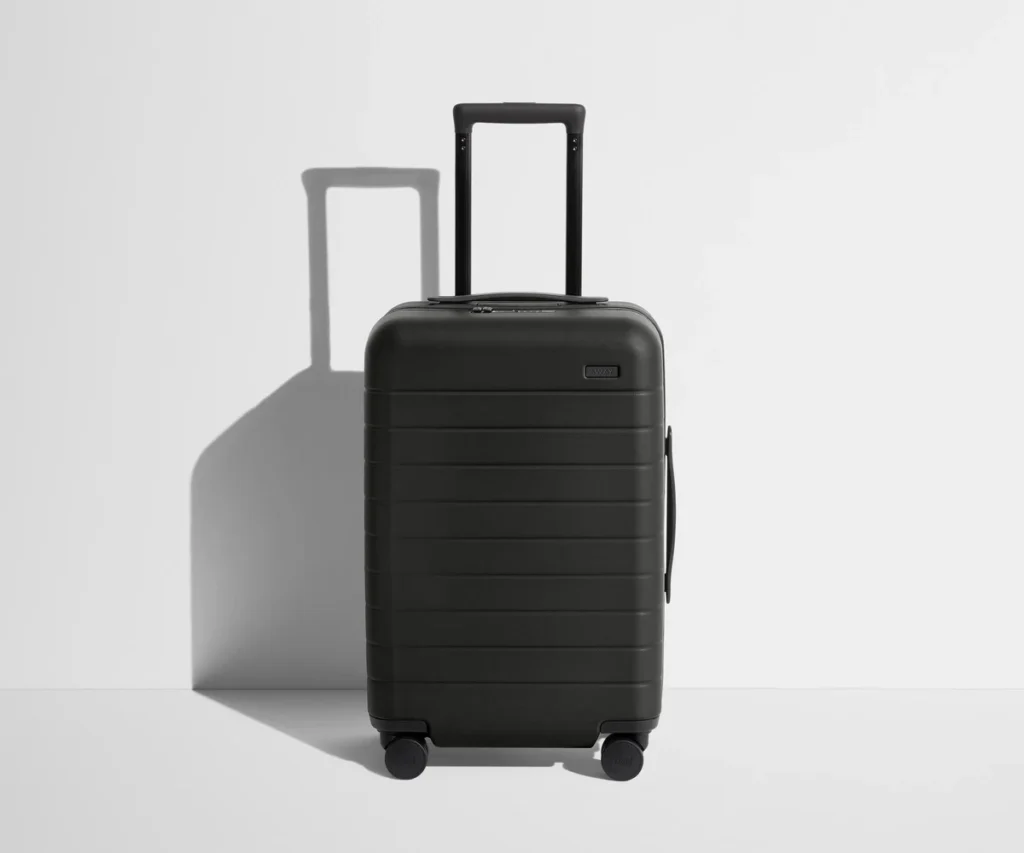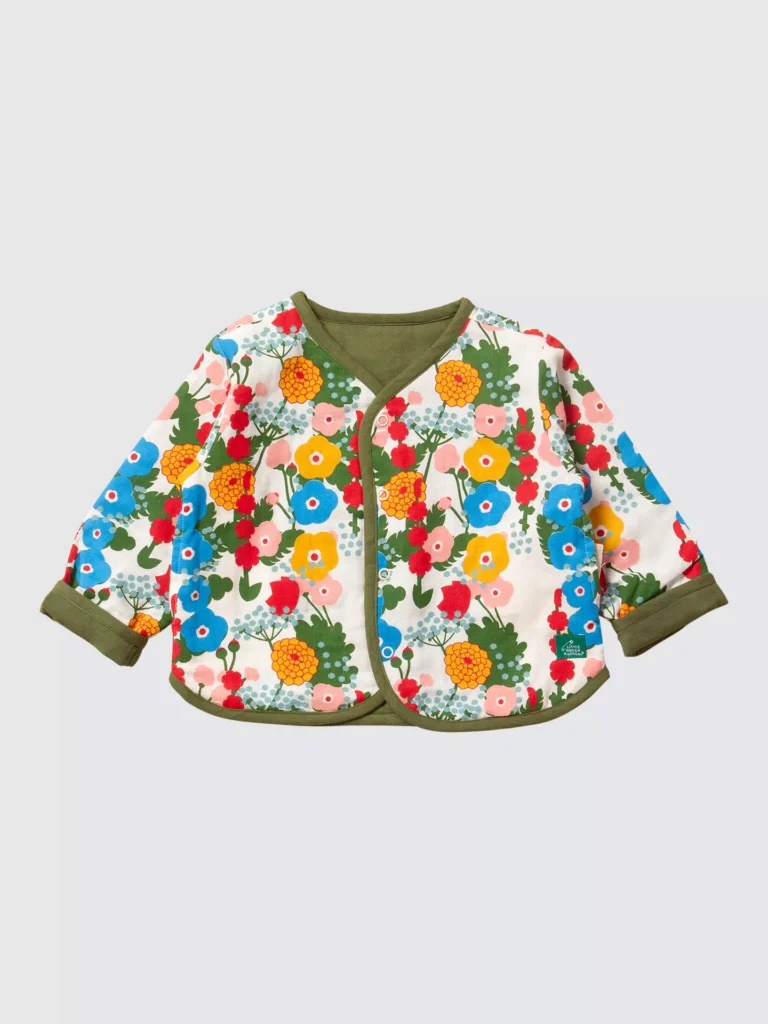Some tools just… behave. The Better Office Products Spiral Notebooks 6 Pack is one of those quietly reliable staples that keeps your day tidy without demanding an app tutorial or a perfect mood. You crack it open, the page lies flat, your pen glides, and suddenly that meeting, lecture, brainstorm, or to-do stack looks solvable. Paper may be analog, but the right paper is also a speed boost: fewer taps, more thinking, and a record you can trust when your brain has moved on.
In this article, we’ll turn the Better Office Products Spiral Notebooks 6 Pack into a complete workflow—naming conventions that stop the “where did I write that?” spiral, color systems you’ll actually keep, page frameworks for meetings and study sessions, and end-of-week rituals that keep projects moving. We’ll also map how to use all six books strategically (not randomly), so every idea, action, and decision has a home.
Shop Better Office Products Spiral Notebooks 6 Pack
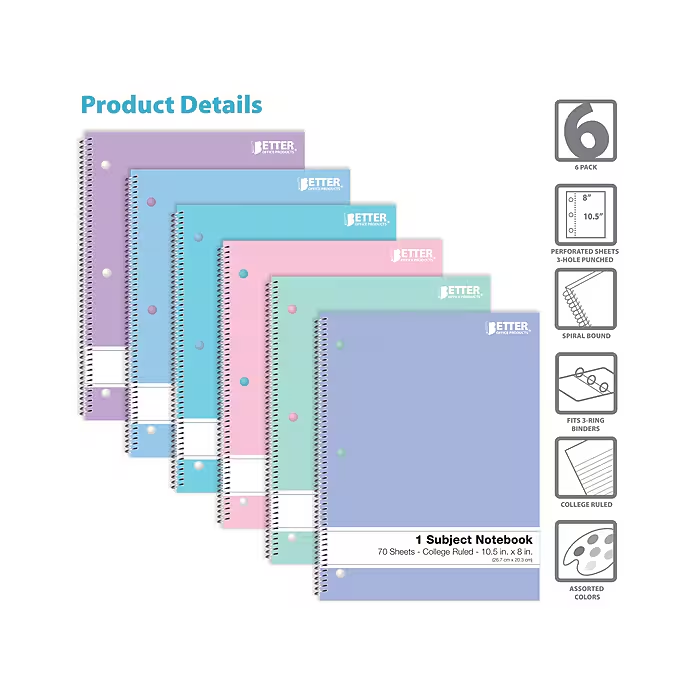
Why Better Office Products Wins the Workday
Paper is only as useful as your ability to find what you wrote. The value of the Better Office Products Spiral Notebooks 6 Pack isn’t just six fresh starts—it’s six distinct lanes you can assign on day one. Spiral binding means flat pages for fast capture. A uniform size means stacks that store neatly. And a six-pack means you can separate life domains without overthinking every page.
Mindset shift: Don’t treat notebooks as diaries; treat them as workrooms. Each has a purpose, a label, and a consistent page framework so you never wonder how to start.
The Six-Notebook System (Set It Once, Thank Yourself Later)
Name your notebooks on the front cover and the spine top (so they’re readable in a stack). Keep names short and action-oriented:
- Capture — raw ideas, quick notes, phone call scribbles
- Action — daily plan, to-dos, habit tick boxes
- Meetings — one page per meeting with a repeatable template
- Projects — a double-spread per active project
- Reference — reusable checklists, SOPs, scripts, talking points
- Study/Skills — courses, certifications, language notes, deep work
Color the upper-right corner of each cover with a permanent marker swatch to make identification instant when you grab-and-go.
How Each Book Works
- Capture: Think of this as your mental inbox. Date every page, one line at the top: YYYY-MM-DD — where (desk / commute / cafe). At the end of the day, triage: arrow tasks to Action, port decisions to Projects, and archive anything else to Reference.
- Action: Left column = tasks; right column = “proof of done” (who you sent it to, where it lives). At the bottom, a three-line daily review: Wins / Stuck / Next.
- Meetings: Use the T-frame (explained below). You’ll leave with decisions and owners, not just a wall of bullet points.
- Projects: Each project gets a cover spread: left page = scope & milestones; right page = risks, dependencies, next 3 actions. Keep it tight; projects fail in the fog.
- Reference: Anything you use weekly—FAQ answers, onboarding steps, outreach scripts, publishing checklists. No dates, just clean layouts you’ll revisit.
- Study/Skills: One double spread per module/topic. Add a “teach-back” box: if you can explain it in four lines, you own it.
Shop Better Office Products Spiral Notebooks 6 Pack
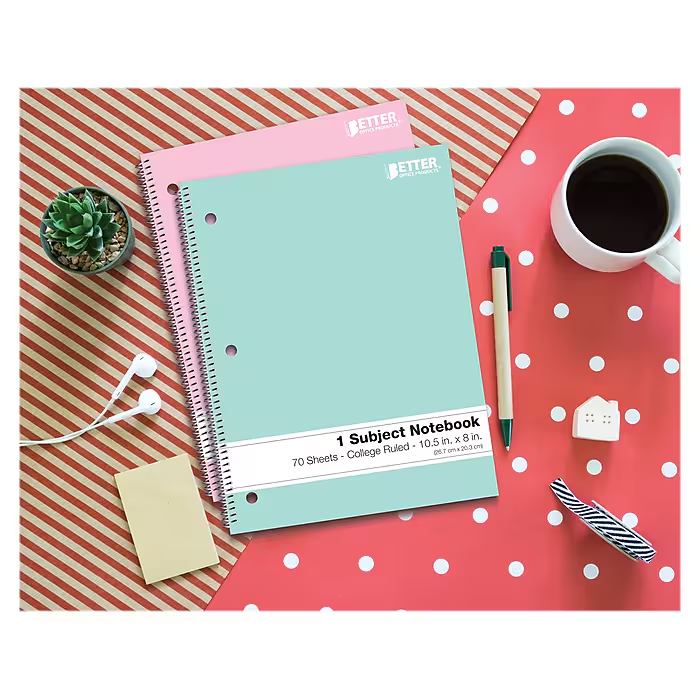
Page Frameworks You’ll Actually Keep Using
When the page tells you where things go, you waste zero seconds guessing.
1) The T-Frame for Meetings
Draw a T dividing the page: left 70% = notes; right 30% = Decisions / Owners / Dates in three stacked mini boxes. At the end, write a one-sentence Outcome across the bottom. Now your future self can scan one column to see what changed and who’s on the hook.
2) The 3-2-1 Plan for Action
Top of page: write three priorities (must ship), two “nice to move” items, one boundary (no email before 10, or no meetings after 4). This keeps days from dissolving into reactive chaos.
3) Cornell-Lite for Study/Skills
Left narrow column: prompts or questions. Right body: notes, diagrams, worked examples. Bottom: four-line summary. It’s proven for recall and takes seconds to set up.
Shop Better Office Products Spiral Notebooks 6 Pack
Minimal Color Coding (That Doesn’t Become a Hobby)
Keep it to two tools you already carry: a black pen and one accent highlighter.
- Black pen: everything by default.
- Highlighter: only for Decisions, Deadlines, Definitions.
- In Action, highlight just the three daily priorities; cross them out with a single diagonal once shipped.
- In Study/Skills, highlight the four-line summary box so it pops for review.
Color should guide the eye, not become an art project.
The 10-Minute End-of-Day Ritual
- Flip through Capture and migrate anything alive to the right book.
- Check Meetings right column—calendar invites sent? owners pinged?
- Circle unfinished priorities in Action; pre-write tomorrow’s 3-2-1 header.
- Mark one Projects next action with a ◻︎ and a date.
- Close with a two-line log in Reference called “What changed today?” (decisions, blockers cleared). That log becomes priceless in retros.
For Teams & Classrooms (Paper that Scales)
- Shared Key: If your team or study group adopts the same Meetings T-frame, collaboration gets faster—everyone knows where to look.
- Hand-off Clarity: Photograph the right column of a meeting page and drop it in chat or email. Paper + pic = trust and traceability.
- Study Pods: In a classroom or bootcamp, standardize the Study/Skills spread. On review days, students swap notebooks and teach back using the four-line summaries.
Archiving Without the Chaos
When you fill a notebook, spend 15 minutes on a back-of-book index:
- Number your pages retroactively (light pencil).
- Index with three buckets only: Decisions, Milestones, Concepts.
- On the spine, write dates covered (e.g., “2025-01 → 2025-03”).
- Store upright with spines out; keep one active month within arm’s reach and the rest on a shelf.
If you must digitize, snap the Meetings right columns and the Projects cover spreads. Don’t scan everything—only what future-you will need.
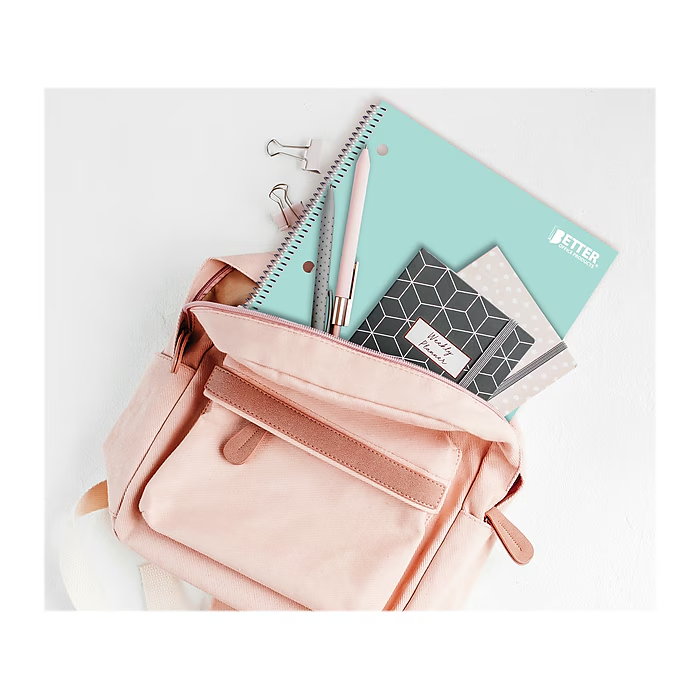
Micro-Moves That Read as “Organized”
- Leave the first two pages of Reference blank for quick-access checklists (Wi-Fi, printer steps, publishing pipeline).
- Use a paperclip “dock” on the current page of Action; every morning, move it.
- On Capture, start every phone call page with the contact’s name and number.
- Write meeting agendas before you enter the room, top of the Meetings page. You’ll steer, not just attend.
Shop Better Office Products Spiral Notebooks 6 Pack
Use Cases You’ll Keep Coming Back To
- Sprint Planning: One Projects spread per sprint; left = goals, right = risks/next actions. Summarize sprint review outcomes in Meetings.
- Client Work: A dedicated Meetings section per client (use a sticky tab). Every call produces a photo of the right column with dates/owners.
- Content Calendar: In Action, each day gets three lines: idea drafted, edited, published. Use Reference for publishing checklists.
- Exam Prep: The Study/Skills Cornell-Lite format + weekly “teach back” sessions. Highlight summaries; review on commute.
- Household Ops: Turn one book into a home command center—budget checkpoints, maintenance logs, meal plans, packing lists.
Keep It Looking Fresh (Because Aesthetics Matter)
- Title your notebooks with a bold black marker; add one emoji/symbol that fits the vibe (Action, Projects, Study). Your brain will spot these faster than text.
- Tuck a slim ruler inside the back cover to keep lines neat for T-frames and boxes.
- If you use sticky notes, choose one size and one color only. Variety is visual noise; uniformity looks curated.
Conclusion
A good notebook isn’t a personality—it’s a multiplier. The Better Office Products Spiral Notebooks 6 Pack gives you six lanes to channel chaos into clarity: one for capture, one for action, one for meetings, one for projects, one for reference, and one for your future skills. With simple page frameworks, a two-tool color code, and a ten-minute daily ritual, you’ll stop losing ideas to the void and start shipping work that shows your brain at its best. Analog doesn’t fight digital; it steadies it. Set the system once, live lighter every day.
Shop Better Office Products Spiral Notebooks 6 Pack
FAQ
- How should I split the six notebooks if I don’t manage formal “projects”?
Combine Projects with Action and create a Personal book for fitness, finance, and life admin. Keep Capture, Meetings, Reference, Study/Skills as-is. - What if I already use a digital task app?
Perfect. Use Capture for quick intake, then migrate tasks into your app during the end-of-day ritual. Paper clears noise; the app tracks dates. - Do I need multiple pens and highlighters to color-code?
No. One pen, one highlighter. Reserve highlighting for Decisions/Deadlines/Definitions so it stays meaningful. - How do I keep meeting notes from ballooning?
Use the T-frame. If it’s not a decision, owner, or date, it stays on the left. The right column is your “ship list.” - What’s the fastest way to find something from last month?
Index by Decisions/Milestones/Concepts on the last page, write date ranges on the spine, and store upright. You’ll retrieve in under a minute. - How do I prevent abandoned notebooks with half-used pages?
Purpose each book up front, label clearly, and follow one page framework per book. Ambiguity is what kills momentum. - Can students use this system?
Absolutely. Teachers can standardize the Study/Skills format and Cornell-Lite notes; students will thank you at exam time. - How do I handle multi-client days?
Add client tabs in Meetings. Photograph the right column after each call and send to the client—instant alignment, less “what did we agree?” - What belongs in Reference vs. Projects?
Reference = reusable, evergreen. Projects = time-bound, outcome-driven. If you’ll reuse it next quarter, it’s Reference. - How do I keep the covers clean and readable?
Use a bold marker for titles, reinforce edges with clear tape if bags are rough, and store vertically on your desk. Clean covers signal a calm system.

